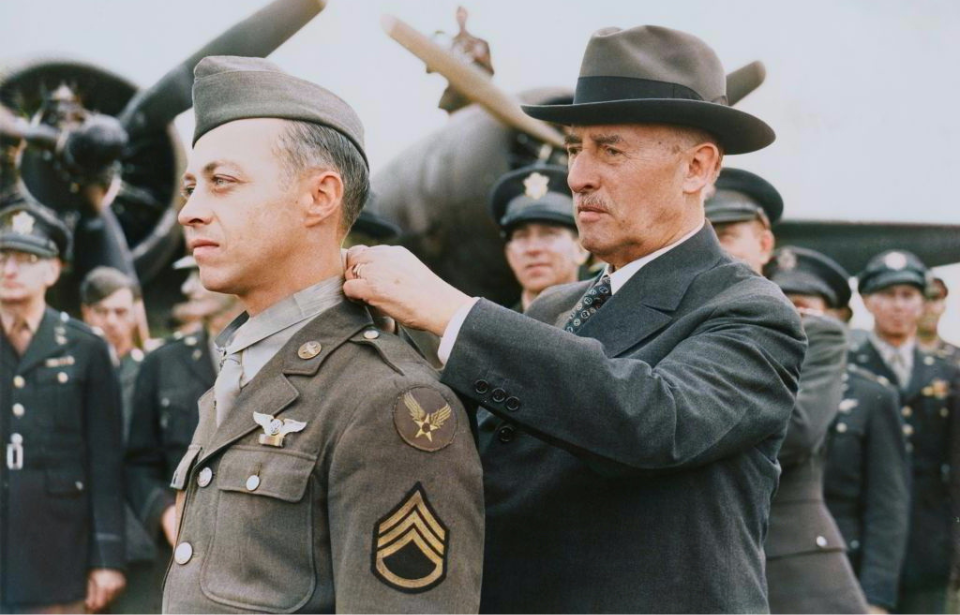War often reveals unexpected aspects of people’s personalities. Those who appear confident and assertive may, in truth, display cowardice, while those who are quiet and reserved might demonstrate remarkable bravery. Additionally, individuals regarded as misfits or outcasts can surprise others with their unforeseen acts of bravery. Maynard Harrison Smith, an eccentric figure often disliked by those around him, was one such unexpected hero.
Maynard Harrison Smith’s early life
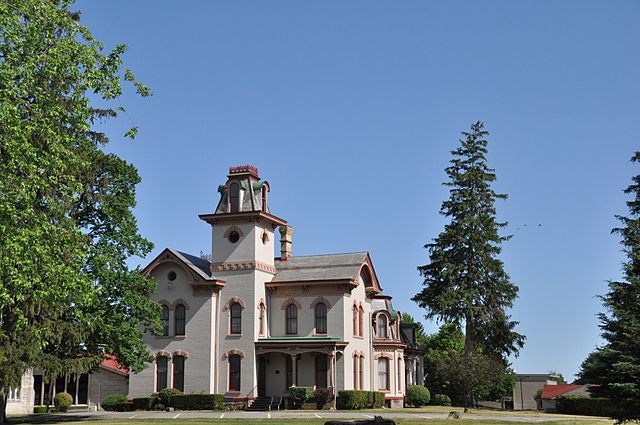
Maynard Harrison Smith was born on May 19, 1911, in Caro, Michigan, to a schoolteacher and an attorney. Though his childhood wasn’t particularly challenging, he had a reputation as a misfit who struggled with social interactions, which led his parents to enroll him at the Howe Military Academy in Indiana.
In his early adulthood, Smith worked as a tax field agent for the US Treasury Department, though he mainly relied on an inheritance for his livelihood. He married in 1929, but the marriage ended in divorce three years later. In 1941, he remarried, only to separate from his second wife the following year. This brief marriage resulted in one child, a relationship that would later cause Smith significant personal trouble due to his own actions.
Two options: Go to jail or join the US Army
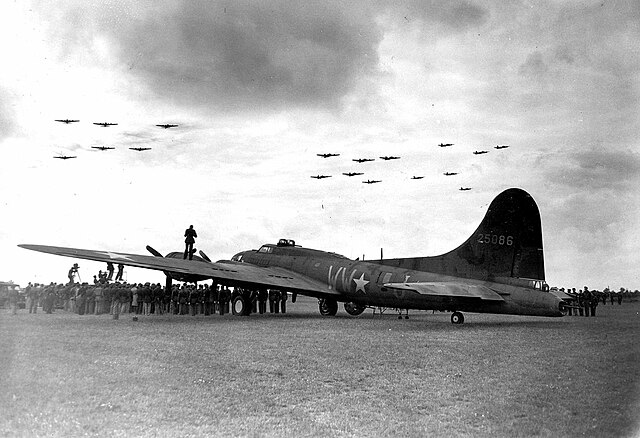
Following his second divorce, Maynard Harrison Smith faced arrest for failing to pay child support. When brought before a judge, he was presented with two options: incarceration or enlistment in the US Army. Opting to avoid imprisonment, Smith chose military service.
At 31 years old, Smith found himself significantly older than his fellow recruits in basic training, harboring resentment towards younger officers whom he saw as inexperienced. Recognizing the US Army Air Forces (USAAF) as offering the quickest path to advancement, he volunteered for the Aerial Gunnery School.
Due to his small stature, Smith was well-suited for the confined space of a ball turret. Upon completing his training, he rose to the rank of staff sergeant and was assigned to the 423rd Bombardment Squadron, 306th Bombardment Group, Eighth Air Force, serving aboard a Boeing B-17 Flying Fortress.
Attacking the U-boat pens at Saint-Nazaire
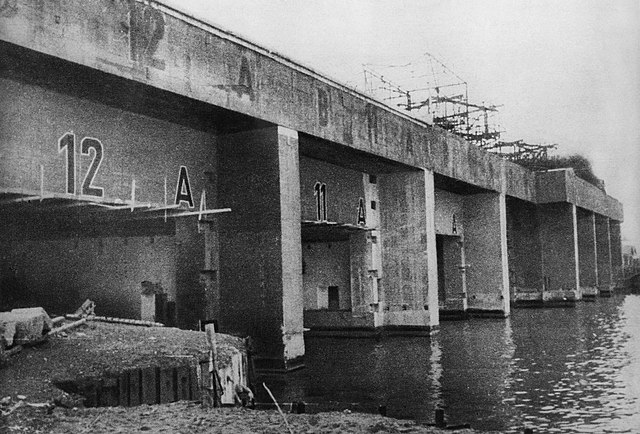
Maynard Harrison Smith’s fellow airmen didn’t like him much and he was soon given the nickname, “Snuffy Smith.” He flew his first combat mission on May 1, 1943, which would be the first time the irascible, disagreeable aerial gunner would show his true colors.
The target of the mission was the German U-boat pens at Saint-Nazaire, on France’s west coast. The location had been nicknamed “Flak City” by Allied airmen because of the heavy German anti-aircraft defenses that had been erected there.
The first part of the mission suffered issues, as many of the American bombers tasked with attacking the site suffered mechanical problems, but the middle portion went off without a hitch. After the B-17s had dropped most of their bombs, however, they were engaged by Luftwaffe fighters.
The American bombers fled into a large cloud bank to evade the Germans, and while this was successful as an evasive maneuver, it resulted in them flying well off course.
Fire aboard the Boeing B-17 Flying Fortress
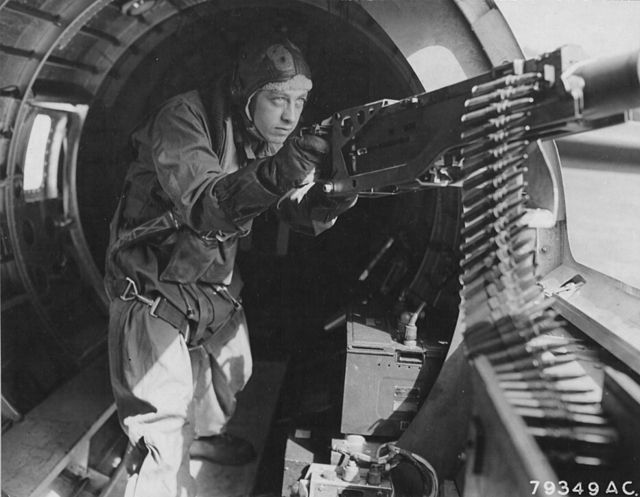
The lead navigator saw land and thought it was the British coast. The pilot started to descend to 2,000 feet, but it was the French coast they were approaching – Brest, if we’re being specific. As they emerged from the cloud cover the bombers immediately came under heavy attack from the German fighters, as well as anti-aircraft fire from below.
The B-17 that Maynard Harrison Smith was aboard took some of the worst damage. The entire bomber was raked with flak and one of the fuel tanks on the wing had ruptured. Fuel began pouring into the fuselage and fires raged throughout the interior, the flames intensified by oxygen that was escaping from the damaged oxygen system.
Smith’s ball turret lost all power and he had to crank it around manually to escape. When he emerged, he was confronted with a scene of chaos. Everything, it seemed, was on fire and huge holes had been ripped in the fuselage. Controls had been destroyed. Two crewmen were seriously wounded and the rest were in a state of sheer panic. The radioman was so terrified that he jumped out of the bomber without a parachute.
Two more crew members decided they’d rather take their chances in the ocean than burn to death and they bailed out, too.
Maynard Harrison Smith takes control of the situation
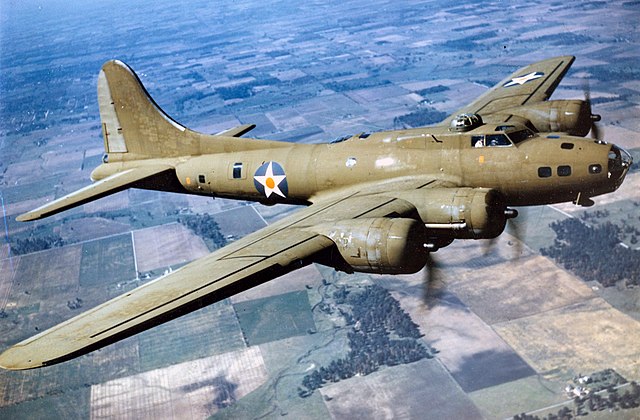
Maynard Harrison Smith didn’t know if the pilot was alive or dead, or whether he’d bailed out of the burning B-17 like the other three had just done, but he did know that six crewmen with varying degrees of injuries remained and he wasn’t one to just stand there and let them burn to death.
As long as the B-17 kept flying, Smith decided he would do what he could to extinguish the flames, help out his injured comrades and fight off the Germans, who were still attacking the burning bomber. Wrapping himself in whatever protective clothing he could, he fought the flames first with fire extinguishers. When those were used up, he used bottles of drinking water and any other non-flammable liquids he could get his hands on.
Despite his best efforts, the fire continued to spread, and the flames were getting so intense in some areas that ammunition was starting to go off. Smith realized he had another task to take on single-handedly: toss the burning ammunition boxes overboard before they could explode.
Between throwing burning ammunition into the sea, tending to his wounded comrades and fighting an endless battle against the flames – for which he even used his own urine in desperation – the aerial gunner also manned two machine guns, fighting off the German fighters until they finally gave up and flew away.
At this stage, it was clear the B-17 was a write-off and their only hope was to land before it fell apart. Somehow, the pilot managed to achieve this and landed the almost-destroyed bomber on a British airstrip. A few minutes after landing, the B-17, riddled with 3,500 bullet holes and held together only by the four main beams of its frame, fell apart. The men were all safe, however, thanks to Smith’s heroic actions.
Maynard Harrison Smith was awarded the Medal of Honor
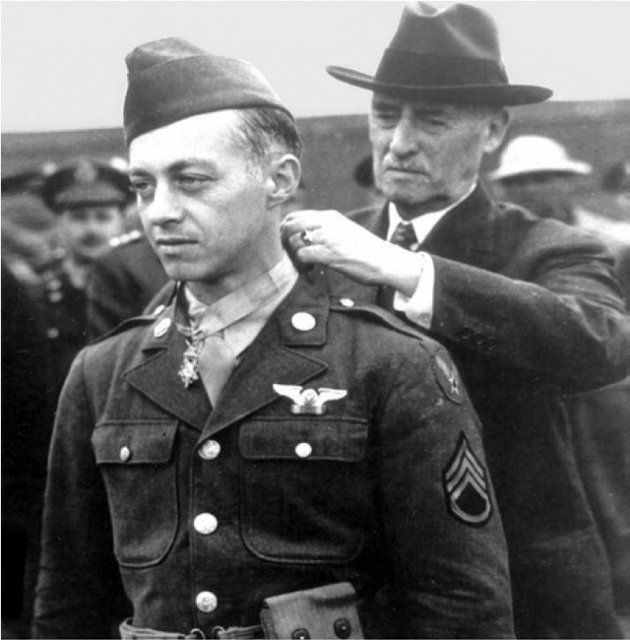
For his immense courage, Maynard Harrison Smith was awarded the Medal of Honor, becoming the first enlisted airman of the US Army Air Forces to receive this distinction.
When the time came to award him with the medal, however, he was nowhere to be found. Eventually, he was located scraping leftovers from breakfast dishes, having been assigned this duty as a disciplinary measure. It was ultimately presented to him by Secretary of War Henry L. Stimson at the Eighth Army Airfield in England.
Following his gallantry in the skies, Smith flew four more combat missions, before being grounded for combat stress reaction. He was subsequently assigned to clerical work, which he was less than adequate at – his poor performance led to him being demoted to the rank of private.
He returned Stateside in February 1945 and was discharged a few months later. On top of his Medal of Honor, he was awarded the USAAF Enlisted Aircrew Badge, the Air Medal with Bronze Oak Leaf Cluster, the American Campaign Medal, the European-African-Middle Eastern Campaign Medal with four Bronze Campaign Stars and the World War II Victory Medal.
Maynard Harrison Smith’s later life
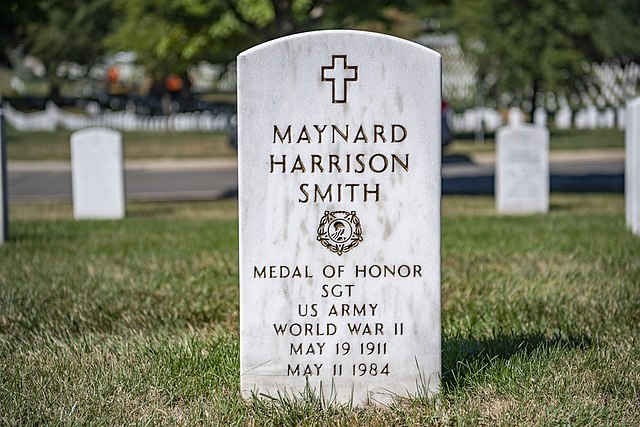
Shortly before the close of the Second World War, Maynard Harrison Smith married his third wife, with whom he had four children – three sons and a daughter.
While he initially ran into legal troubles during his re-entry into civilian life, Smith did manage to make a comfortable living. Following his retirement, he moved to Florida. He passed away from heart failure on May 11, 1984, at the age of 72.
New! Want to become a trivia master? Sign up for our War History Fact of the Day newsletter!
More from us: Was the Allied Bombing of Dresden a War Crime or Wartime Necessity?
Like so many veterans, he was interred at Arlington National Cemetery.
